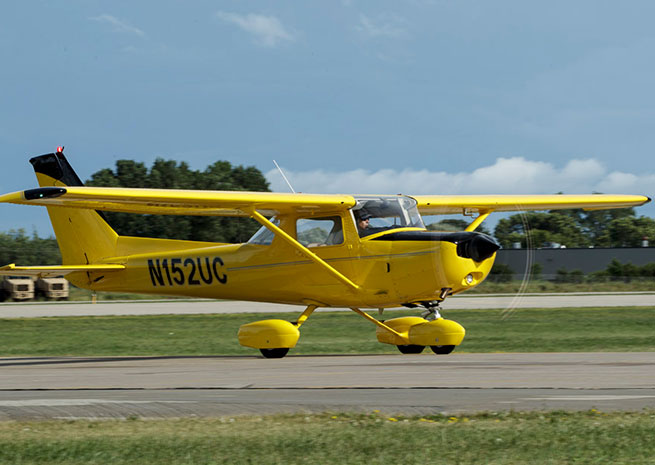Training Tip: Steamed by the gauge
A Cessna 152 commences its takeoff run on a paved, 5,000-foot runway with the soloing student pilot at the controls working to maintain directional control while concentrating on holding the upwind wing down in a mild crosswind.

Passing the usual point on the runway where the aircraft can be flown off, the trainer feels ready to fly, but the airspeed indicator is telling a different story—that is, no story at all.
Failure modes of the instruments on a traditional “steam gauge” instrument panel are many and varied. A gyroscopic heading indicator might quit suddenly, giving off a jarring shearing sound as something internal fractures. An attitude indicator, or artificial horizon, might ever so gradually start providing false indications that are belied by the view out the windshield (or in instrument conditions, that are contradicted by the combined indications of other instruments—a more critical failure scenario than one that occurs in visual conditions).
A sudden redlining of an oil temperature gauge, if not supported by an abnormal reading on the adjacent oil pressure gauge, might have been caused by a chafed wire and a short circuit. On the subject of instruments that you learn to rely on in conjunction with other instruments, noting whether just one or more than one instrument powered by the same system is misbehaving provides crucial clues as to where the problem lies. A vacuum pump failure, for instance, probably has not occurred if one of your gyroscopic instruments has gone haywire and another hasn’t, and the suction gauge is indicating normal operation.
Fly the airplane first—a failed instrument isn’t a failed engine, after all. With everything under control, cover the offending instrument to keep it from becoming distracting.
As for the problem of a failed airspeed indicator on takeoff: Whether on a long or short runway, a trained pilot can resolve the situation safely, either by flying the aircraft around the traffic pattern using familiar power-and-pitch cues in place of the airspeed indicator, if necessary, or by (calmly) aborting the takeoff if possible.
Too many pilots are unprepared for this not-uncommon failure mode and have become frozen and lost control—a shame because the remedy is so simple and so readily available.

